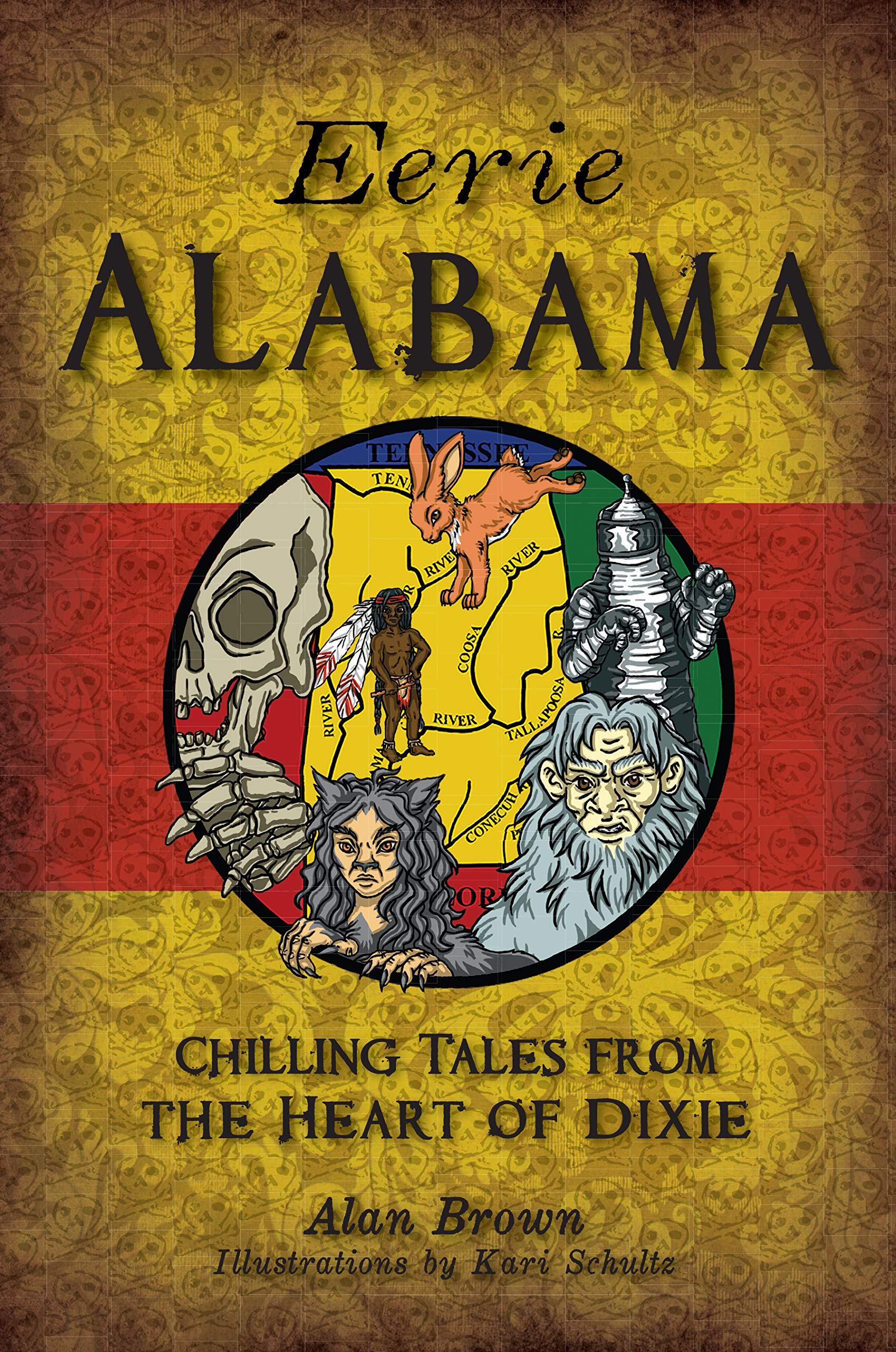There are so many churches in Charleston that it is known as the Holy City. St. Philip’s Church is the first Anglican church organized in the South. The first St. Philip’s was built at the corner of meeting and Broad streets between 1680 and 1681. After the church was damaged by a hurricane, it was replaced by a new brick building at Second Church Street in 1723. In 1835, Second St. Philip’s Church burned to the ground and was rebuilt between 1835 and 1838 and is generally regarded as one of the most beautiful churches in America. Because St. Philip’s Graveyard escaped the destruction of the first two churches, it is much older than the church that bears its name. Actually, St. Philip’s Graveyard is two graveyards. The graveyard on the left of Church Street was established in1768 for “strangers.” A number of famous citizens of Charleston are buried here, including Vice President and U.S. Congressman John C. Calhoun, who was born upstate. The graveyard adjacent to the church, the “right” graveyard, was established in 1680 for parishioners who were “born here.” People interested in the paranormal are drawn to the “right” graveyard because of the grave of a young woman named Sue Howard Hardy.
On June 10, 1987, a resident of Charleston named Harry Reynolds drove up to St. Philip’s Graveyard with the intention of trying out a new camera he had purchased. Unfortunately, the graveyard was closed by; the time he arrived, so he stuck his camera through the bars and took an entire roll of photographs. After the film was developed, Harry was amazed by a photograph he had taken of a back row of graves. Kneeling on one of the graves in a mournful pose was the transparent image of woman.
Harry was certain that no one was in the graveyard at the time he took the photograph, so he sent the photograph off to the Kodak lab where the film had been developed for analysis. Kodak’s technicians determined that the photograph was not a double exposure and that it had not been altered in any way. Harry then set about to identify the woman in his bizarre photograph. When he returned to St. Philip’s Graveyard, he found that the grave in his picture was that of a twenty-nine-year-old woman who had bled to death internally on June 16, 1888, six days after giving birth to a stillborn baby. The hair rose on the back of Harry’s neck when it dawned upon him that the infant had died on June 10, 1888, the same day ninety-nine years after Harry took the photograph.



Recent Comments